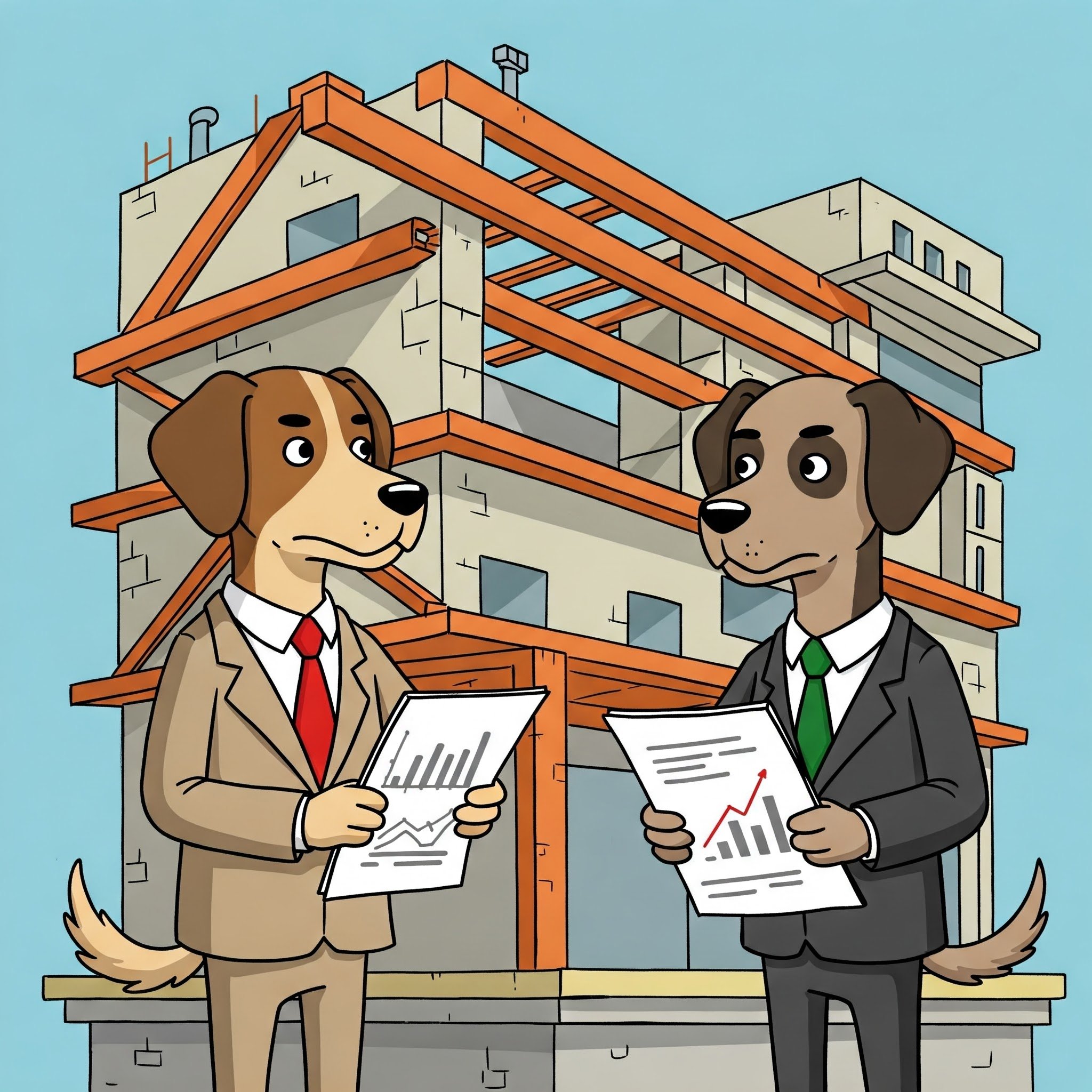Time to Flip the Switch: Accelerating DC Building Adoption in California
The rise of renewable energy sources like solar and wind, coupled with the increasing prevalence of DC-powered devices like LEDs and electric vehicles, presents a unique opportunity to rethink our energy infrastructure.
From Conflict to Convergence
The future of office building development likely lies in finding that sweet spot where smart upfront investments lead to long-term cost savings and enhanced value. Technology is making that possible, blurring the lines between the traditional approaches of REITs and private owners and creating a new era of opportunity for both.
Direct Current, Direct Impact
Integrating onsite power generation, fault-managed power (FMP), and battery-powered agile furniture has emerged as a pivotal advancement in the evolution of DC-powered buildings, offering innovative solutions to long-standing technical challenges in energy distribution and workspace design.
The Power of Presence
While remote collaboration tools have their advantages, many companies believe that in-person interaction is still essential for effectively integrating AI and driving innovation. The combination of human creativity, emotional intelligence, and the dynamic exchange of ideas that occurs in face-to-face settings can be difficult to replicate in a virtual environment.
Agile Workplaces in the Age of AI Part 2 of 2
The rise of artificial intelligence is transforming not just what we do, but how and where we do it. As AI boosts worker productivity, it's not just our jobs that are changing – it's the very fabric of our workplaces. The concept of the agile workplace, already focused on flexibility and adaptability, is being supercharged by the AI revolution, leading to a future where workspaces are in a constant state of evolution.
Agile Workplaces in the Age of AI Part 1 of 2
The rise of artificial intelligence is no longer a futuristic fantasy; it's the present reality, reshaping industries and redefining the very nature of work.
For organizations to not just survive but thrive in this new era, a fundamental shift is required – a concerted effort to infuse AI skills into every facet of the business, from hiring and promotion strategies to leadership development and workplace design. This isn't merely a technological upgrade; it's a complete transformation.
Whose Lane Is It Anyway?
This blog post explores the challenges and opportunities presented by innovative products that blur traditional professional boundaries, using August Berres' battery-powered agile workplace furniture as a prime example. These pieces, while appearing to be furniture, also have electrical and potential IT implications, creating ambiguity regarding which professional "lane" – furniture sales, electrical contracting, or IT – should take ownership. The post argues that this "lane-keeping" mentality can hinder innovation and create a fragmented experience for clients. Instead, it advocates for collaborative selling and cross-disciplinary partnerships, where professionals from different fields work together to offer comprehensive solutions. By embracing the overlap between disciplines, businesses can unlock the full potential of these innovative products and better serve their clients in the evolving landscape of workplace design.
Classrooms With Laptops, Without Power
It often happens mid-lesson, especially if it's a longer class. A student will be actively engaged, taking notes or working on an assignment, and then their screen goes black. Sometimes they'll quietly try to find an outlet, which can be disruptive if they're moving around the room. Other times, they'll raise their hand and ask if they can charge it, which interrupts the flow of the lesson.
Stop Begging, Start Blocking: A New Strategy for Real Estate Sustainability
For too long, sustainability professionals in commercial real estate have been playing a losing game. We craft elaborate proposals for green initiatives, only to see them languish in budget meetings, victims of cost-cutting and short-sighted thinking.
It’s time for a change.
We must shift focus from pleading for funding to actively opposing projects that fail to meet basic sustainability standards. This is not about being obstructionist; it’s about recognizing the urgency of the climate crisis and wielding the influence we have to prevent further environmental damage.
Architect’s Viewpoint: The Impact of Cable Clutter
Think about a beautifully designed open-plan office space with clean lines and minimalist décor. Now imagine that space littered with tangled power cords snaking across the floor, network cables dangling from desks, and wires clinging to walls.
The Tangled Truth: Cable Clutter and Architectural Design
Exposed cables detract from the overall design, creating a sense of disorder and visual noise. They obscure architectural features, clash with color schemes, and make a space feel unfinished.
Beyond Green Paint: Defining Sustainability in Building Design
The push for sustainable building practices is laudable, but the definition of "sustainable" has become diluted, often encompassing superficial changes that do little to address core energy inefficiencies. It's time to draw a clearer line between genuine sustainability and mere virtue signaling.













